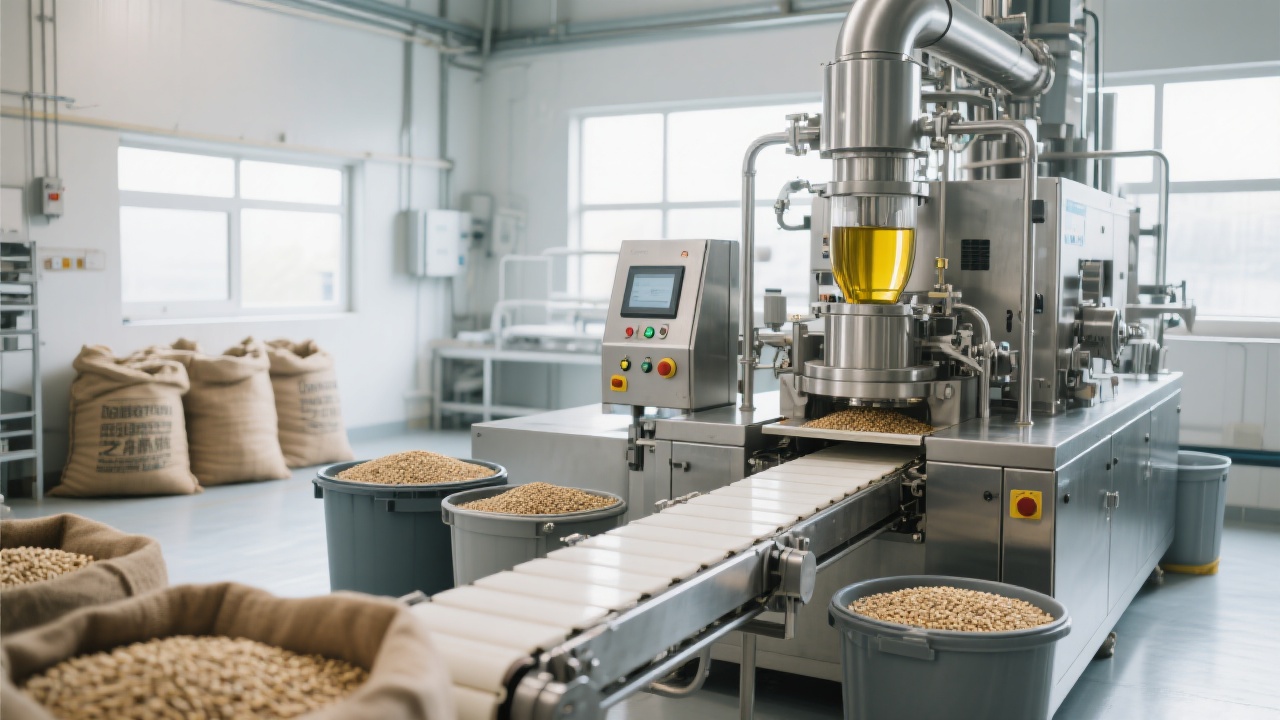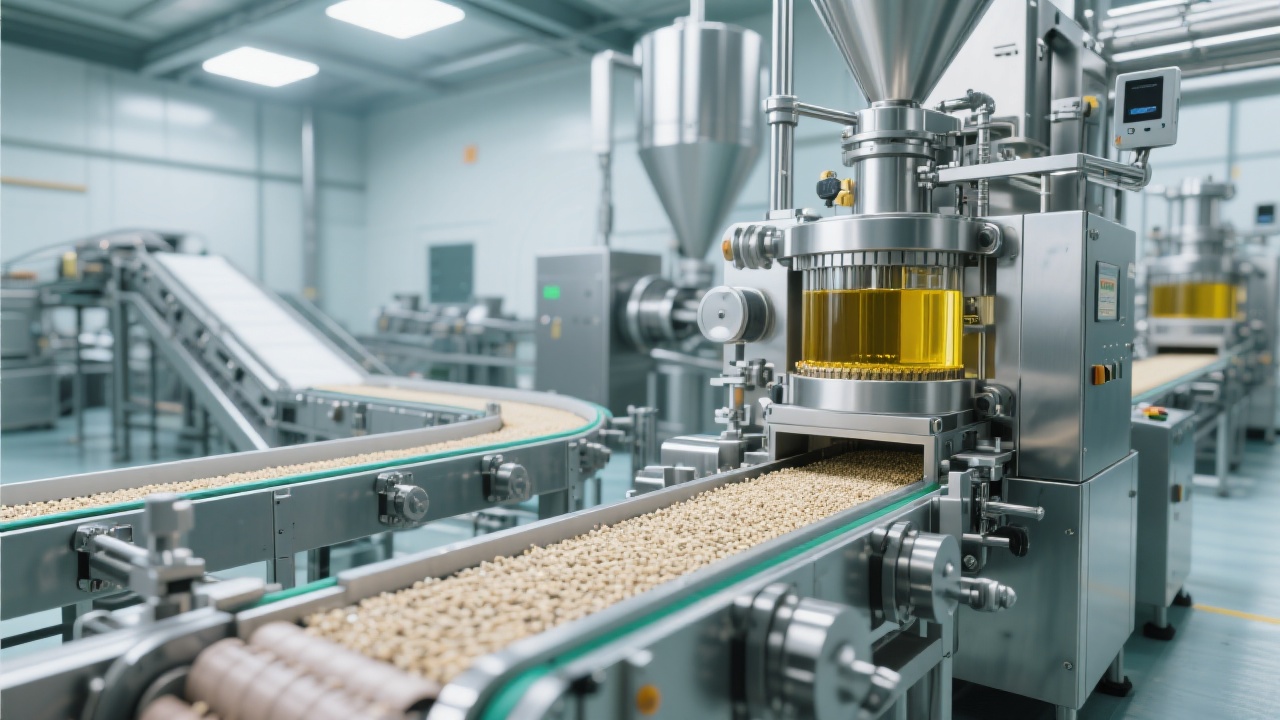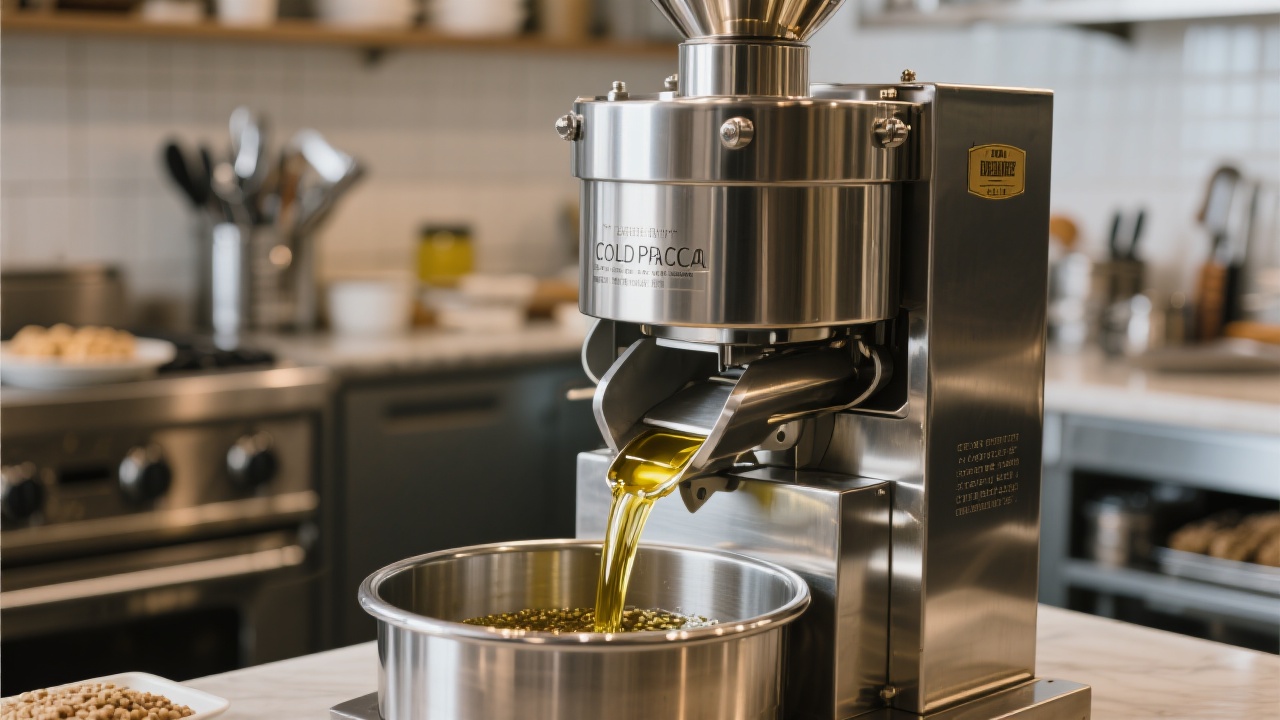
When it comes to sesame oil, the choice between cold-pressed and hot-pressed can significantly impact its nutritional value and flavor. In this article, we'll explore the advantages of cold-pressed sesame oil, backed by food science principles, and understand why it's a better option for health-conscious consumers.
Cold-pressed sesame oil is made at low temperatures, typically below 40°C. This gentle extraction method helps to preserve the oil's natural nutrients, such as vitamin E and unsaturated fatty acids. Vitamin E, a powerful antioxidant, plays a crucial role in protecting cells from damage and reducing the risk of chronic diseases. In cold-pressed sesame oil, the retention rate of vitamin E is over 90%, ensuring you get the maximum health benefits.

In contrast, hot-pressed sesame oil is produced at high temperatures, often exceeding 120°C. This high heat can cause significant damage to the oil's nutritional components. The high temperature accelerates the oxidation of vitamin E and unsaturated fatty acids, leading to a reduction in their content. For example, the vitamin E content in hot-pressed sesame oil may be reduced by up to 50% compared to cold-pressed oil. Moreover, the excessive heat can also generate harmful substances, such as trans - fatty acids, which are associated with an increased risk of heart disease.
Many high - end restaurants have recognized the value of cold - pressed sesame oil. For instance, a well - known French restaurant in Paris uses cold - pressed sesame oil in their signature salad dressings. The rich, natural flavor of the cold - pressed oil enhances the taste of the dishes, making them more appealing to customers. This real - world application shows that cold - pressed sesame oil is not only healthy but also a great choice for professional chefs.

If you're interested in making your own cold - pressed sesame oil at home, here are some key steps:
To enhance your reading experience, we suggest adding some visual elements. For example, a comparison table showing the differences in nutrient content between cold - pressed and hot - pressed sesame oil can be very helpful. You can also include a color and liquidity comparison chart to show the physical differences between the two types of oil. Additionally, a video demonstrating the aroma release of cold - pressed sesame oil can give you a more intuitive understanding of its unique flavor.

Now, we have some questions for you. Have you ever tried cold - pressed sesame oil in your cooking? How do you think it compares to hot - pressed oil? Share your thoughts and experiences in the comments section below!
Your kitchen upgrade starts with choosing the right sesame oil! Discover the high - quality cold - pressed sesame oil that meets the strictest export standards at CTA - URL.

